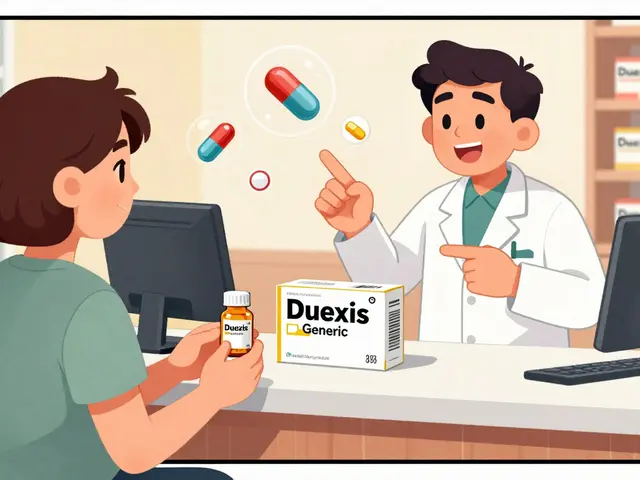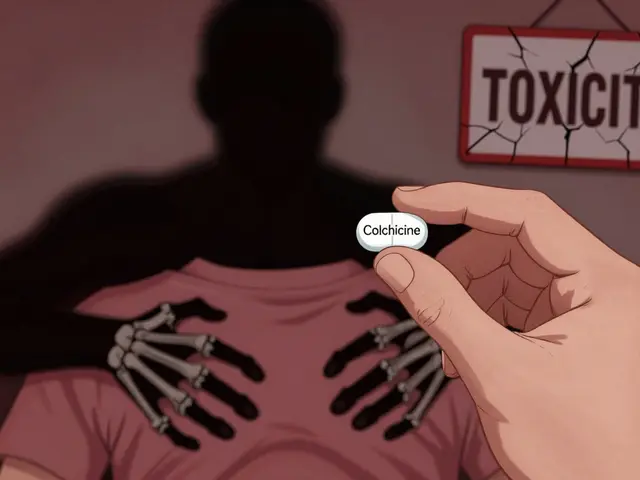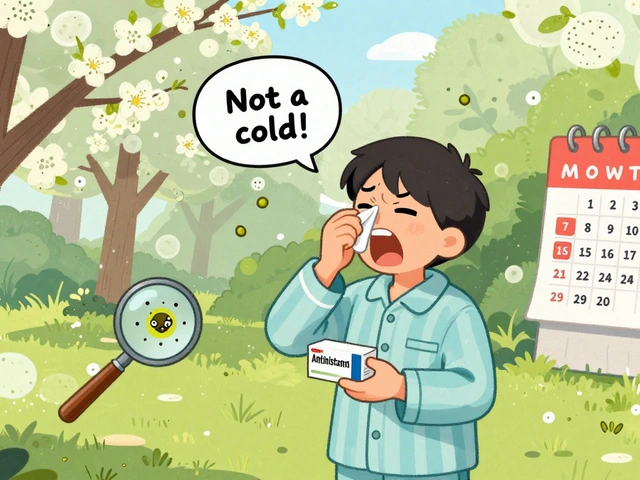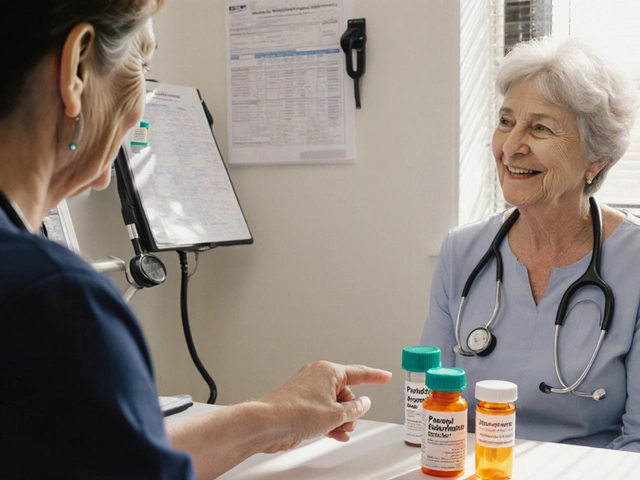Antidepressant Guide – What They Are and How to Choose One
If you or someone you know is dealing with depression, the first question often is "Which antidepressant should I take?" The answer isn’t one‑size‑fits‑all. Different meds work in different ways, have unique side‑effects, and suit certain health profiles better than others.
Common Types of Antidepressants
Most doctors start with a few well‑known families:
- SSRIs (Selective Serotonin Reuptake Inhibitors): Think Prozac, Zoloft, or Lexapro. They boost serotonin levels and are usually first‑line because they’re easy to tolerate.
- SNRIs (Serotonin‑Norepinephrine Reuptake Inhibitors): Examples include Cymbalta and Effexor. These hit both serotonin and norepinephrine, which can help when fatigue or pain are also part of the picture.
- Tricyclic Antidepressants (TCAs): Older drugs like Amitriptyline. They’re effective but often cause more side‑effects, so doctors reserve them for specific cases.
- Atypical antidepressants: Bupropion (Wellbutrin) works on dopamine and can help with smoking cessation, while Mirtazapine (Remeron) is good if insomnia or appetite loss are issues.
Each class has its own set of pros and cons. For instance, SSRIs might cause mild nausea at first but usually settle down. TCAs can make you drowsy and affect heart rhythm, so they’re not ideal for people with cardiac problems.
How to Pick the Right Antidepressant
The best choice depends on three practical things:
- Your symptom mix: If anxiety rides along with depression, an SSRI or SNRI often helps both. If you’re battling low energy and chronic pain, an SNRI might be a better fit.
- Other health conditions: A history of seizures, heart disease, or thyroid issues can steer the doctor toward one medication over another.
- Potential side‑effects: Some people hate sexual side‑effects (common with SSRIs). Others can’t stand weight gain. Knowing what bothers you most helps narrow options.
Don’t forget to talk about any other meds you’re taking. Antidepressants can interact with blood thinners, certain antibiotics, or even over‑the‑counter supplements like St. John’s Wort.
A good rule of thumb is to start low and go slow. Most doctors begin with a small dose, wait two weeks, then adjust if needed. Patience pays off—full benefits often appear after four to six weeks.
Keep a simple log: note when you take the pill, any new feelings (sleep changes, appetite shifts, mood lifts), and side‑effects. Bring that list to each appointment; it speeds up decision‑making.
Finally, remember that medication is just one part of recovery. Therapy, regular exercise, and solid sleep hygiene boost results dramatically. If you ever feel worsening depression or thoughts of self‑harm, reach out for help right away—call a trusted friend, your doctor, or an emergency line.
Choosing an antidepressant doesn’t have to be scary. With clear info on types, side‑effects, and personal health factors, you can work with your clinician to find a medication that fits your life. Stay curious, keep the conversation open, and give each option the time it needs to show its true effect.










